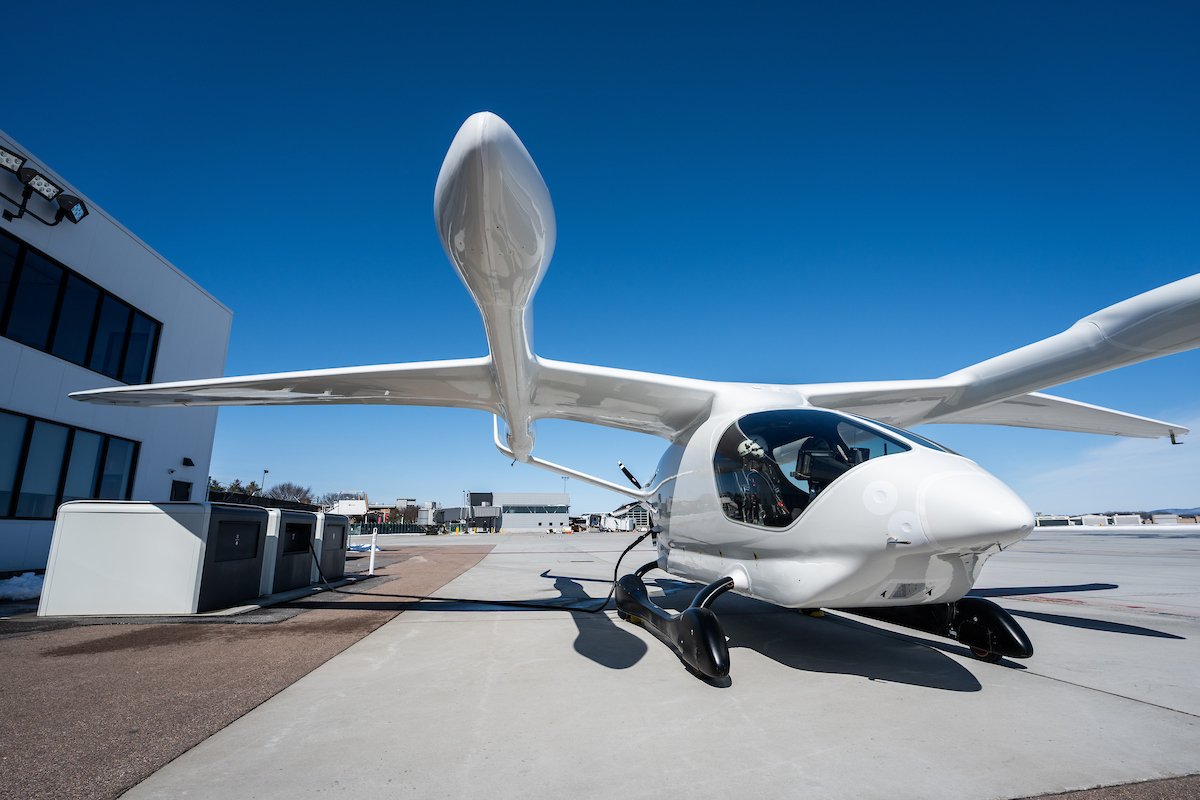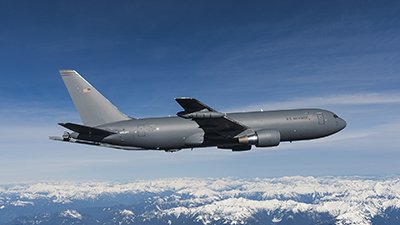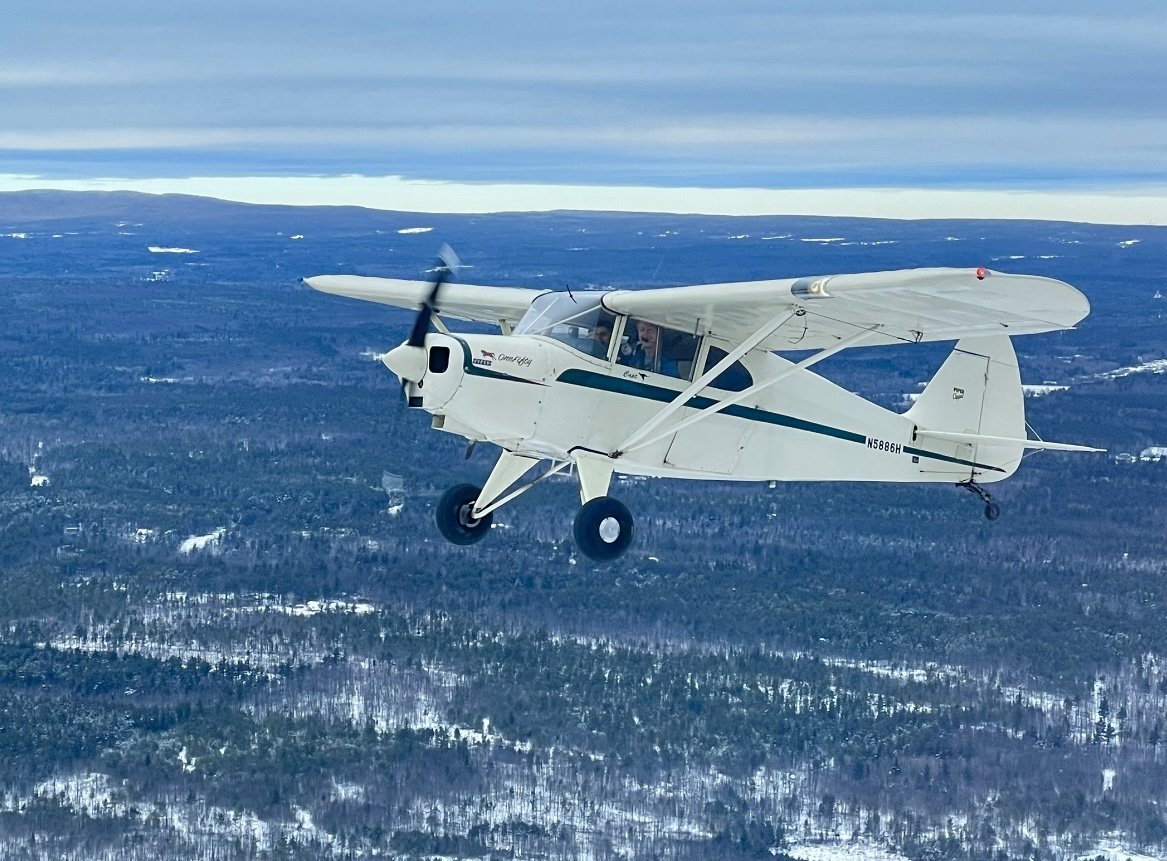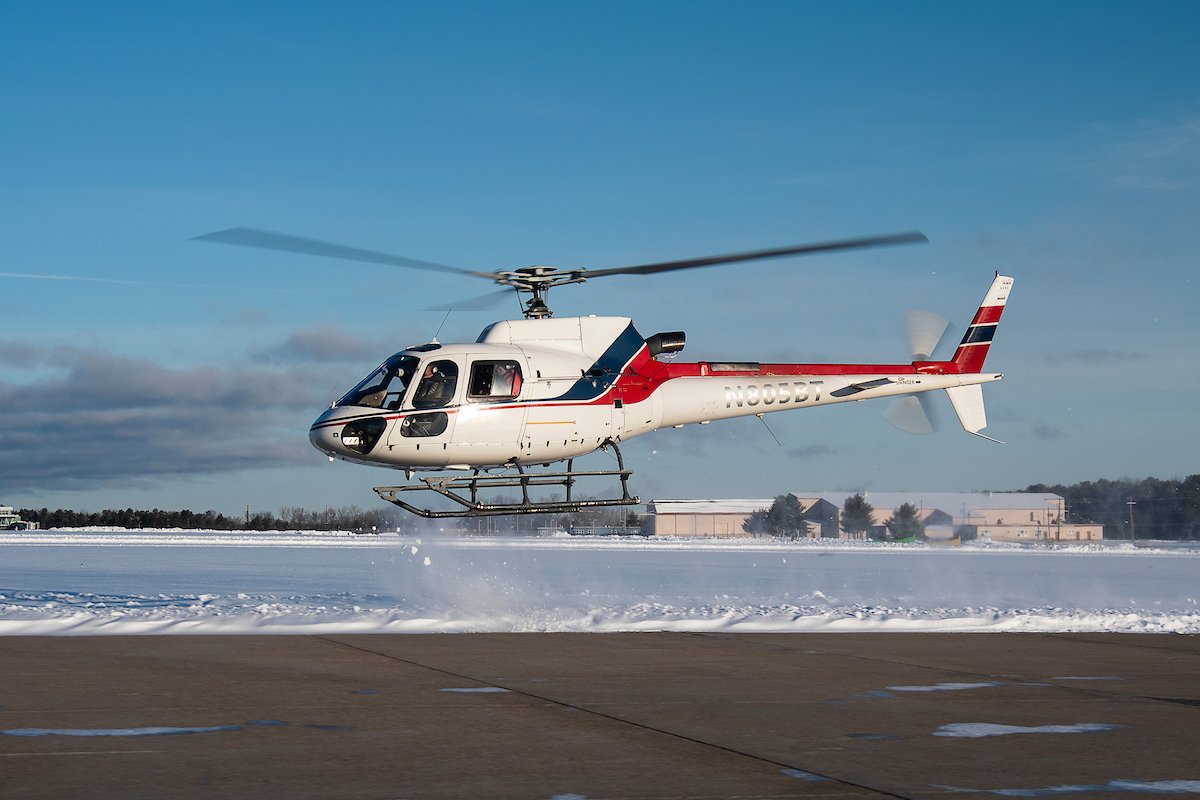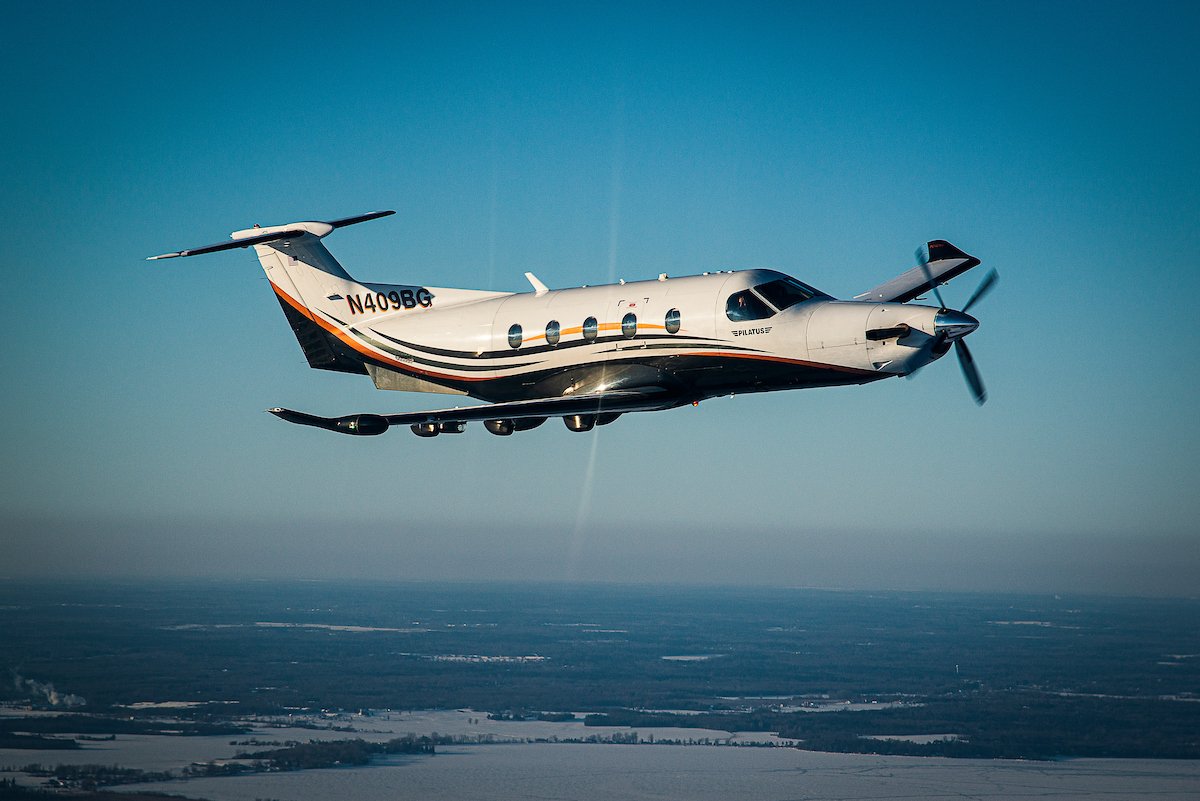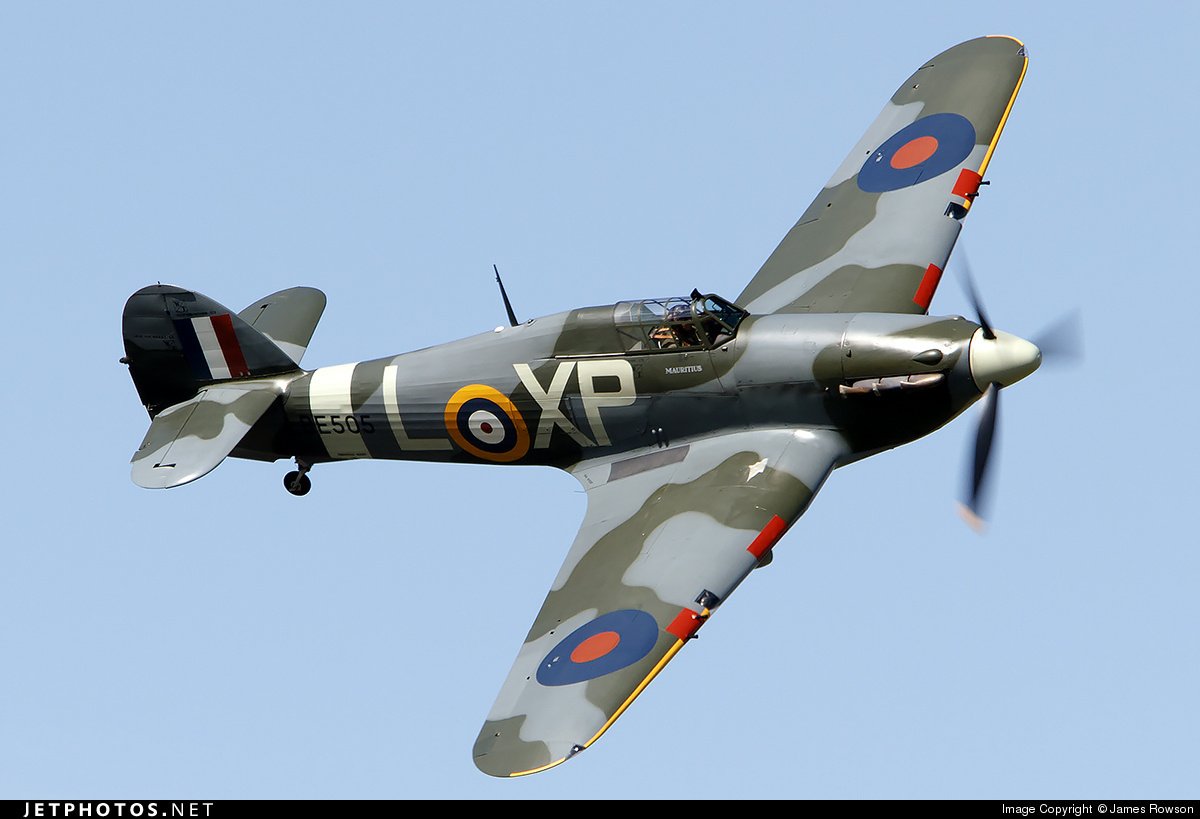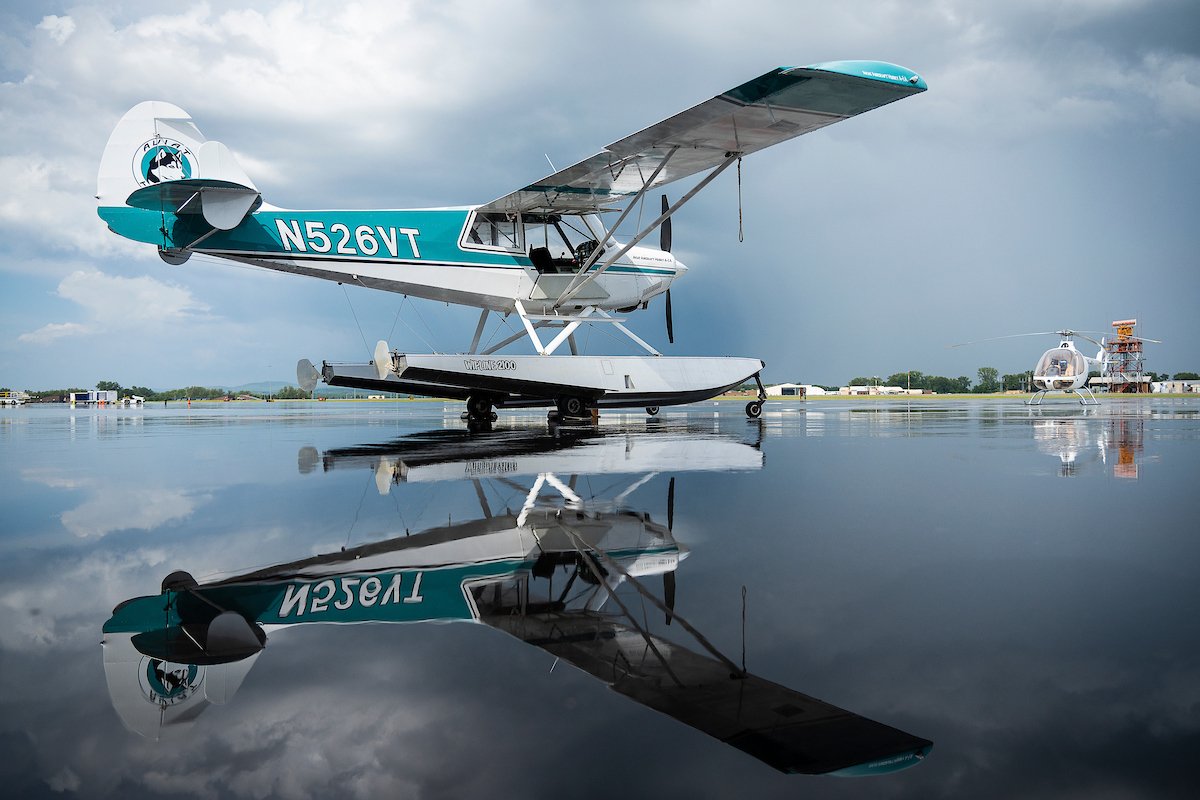Aircraft
2020+ ALIA
The ALIA is a fully electric aircraft. By developing both CTOL and VTOL aircraft, BETA is paving the way for the future of flight. Learn More
2015 Stemme S10-VT
A glider that doesn’t require a tow into the air?! That’s right folks, the Stemme motor-glider has the best of both worlds! You can turn on your engine, climb to altitude, shut off and stow your propeller, and glide to your heart’s content! Our first and only glider in the fleet (so far) this bird is quite popular during the summer when the lifting action is at its best!
1972 Aero L-29 Delfin
The Aero L-29 Delfin was Czechoslovakia’s first locally designed jet aircraft. The L-29 won a Soviet design competition and became the standard jet trainer for most Eastern Block countries. The aircraft is now mostly retired from military service, however is still very popular among civil operators. Learn More
1940 J3 Piper Cub
The mighty J3 Cub is the oldest most commonly-used aircraft in Beta’s fleet. It remains a fan-favorite years later for its simplicity and the joys of ‘stick & rudder’ flying. Originally built for initial training in the Civilian Pilot Program in anticipation of U.S involvement in WW2, the J3 then went on to fulfill missions of reconnaissance, ambulance, and supply transport throughout the war. These days, the Cub has happily spent retirement landing in grass fields serving as Beta’s initial tail-wheel training aircraft! Best flown with bare feet!
1943 Boeing Stearman
Known for its magnificent yellow color, and remarkable open cockpit, the bi-plane known as the Boeing Stearman has been a head turner since its creation. Originally built as a military training aircraft for initial pilots in the United States Army Air Forces, in retirement this bird can often be found doing gentle loops and rolls high above the green fields of Vermont.
1999 Extra 300L
It’s a bird! It’s a plane! It’s the EXTRA! One of the world's most eye-catching aerobatic aircraft, this bird is known for its ability to FLY! Seen in airshows all over the world and the aircraft of choice for Patty Wagstaff herself, this beautiful aircraft can pull up to 10 G’s and accelerate over 200 MPH. On any blue-bird day this aircraft will be out spinning, looping, and rolling. Not for the faint of heart!
2011 Phenom 300
For our admirers of large, fast, turbine aircraft, the Phenom 300 is your plane! The light business jet can carry up to 11 passengers with a length of 51.4’ and wingspan of 52.2’. It’s capable of traveling at over 500 MPH, over distances of 2,300 miles, and is the number one choice for getting across the country quickly and efficiently. As the largest single-pilot jet, punching around 7200 pounds of thrust, this aircraft is the epitome of bang for buck!
1946 PA-12 Super Cruiser
Another rendition of the J-5C, the Super Cruiser is a fabric taildragger, with no flaps and three seats. Piper's first attempt at a ‘family aircraft’ that could fit two kids in the rear seat, this little bird has achieved great distances… two of them even flew all the way around the world! Check out the art on this particular bird!
DHART Airbus EC145
Dartmouth Hitchcock Medical Center’s Air Ambulance Program (DHART - Dartmouth Hitchcock Air Response Team) utilizes the Airbus EC145, a powerful and reliable light twin helicopter for transporting patients throughout New England. DHART has three base area operations including the Dartmouth Hitchcock Medical Center, Manchester International Airport in New Hampshire, and Burlington International Airport.
F-35 Lightning
The Lockheed Martin F-35 Lightning II is an American family of single-seat, single-engine, stealth multirole combat aircraft designed for air superiority and strike missions; it also has electronic warfare and intelligence, surveillance, and reconnaissance capabilities.
Boeing DC-3, aka ‘Miss Virginia’
Miss Virginia began life with the Army Air Force in 1943. She performed a variety of missions from 1943 until 1975, including troop transport, special weapons center, aircraft R & D, and the National Guard. When she retired from military service, she entered civilian life with Wycliff Bible Transporters and Jungle Aviation and Radio Service (JAARS), spending many years in the jungles of Columbia.
KC-46A Pegasus Tanker
The World's Most Advanced Multi-Mission Aerial Refueling Aircraft. Built to meet the requirements of the U.S. Air Force and allies for the full spectrum of missions, the combat-ready KC-46 Pegasus air refueling plane delivers proven multi-mission capabilities today, and evolves to meet the needs of tomorrow.
Cessna 185 Skywagon
The Cessna 185 Skywagon is a six-seat, single-engined, general aviation light aircraft manufactured by Cessna. It first flew as a prototype in July 1960, with the first production model completed in March 1961. More than 4,400 were built with production ceasing in 1985. The Skywagon can also be fitted with floats, amphibious floats, or skis. The AgCarryall variant of the 185 adds a 151-gallon belly chemical tank and removable spray booms for aerial application. It is also possible to fit a cargo pod under the fuselage that can carry an extra 300 lb (136 kg).
Supermarine Spitfire Mk.IX
The Supermarine Spitfire is a British single-seat fighter aircraft used by the Royal Air Force and other Allied countries before, during, and after World War II. It was the only British fighter produced continuously throughout the war. Around 70 remain airworthy, and many more are static exhibits in aviation museums throughout the world. The Spitfire was designed as a short-range, high-performance interceptor aircraft by R. J. Mitchell, chief designer at Supermarine Aviation Works.
1942 Douglas C-53-DO Skytrooper
This C-53 is representative of the men and women of the Greatest Generation. A civilian DC-3 airliner drafted into service weeks after the US entered the war, it has served in multiple theaters under multiple commands and worked under legends of the era. Learn More
1941 Harvard MK II
This aircraft specialized in crop dusting, fire fighting and fighting budworm as a training aircraft for pilots of the massive Grumman Avenger. Learn More
1957 Mako Shark
The world’s first purpose-built jet trainer, the T-33 evolved from America’s first successful jet fighter, the Lockheed P-80 Shooting Star which briefly flew operationally during the Second World War. Initially known as the P-80C, the trainer variant flew better than its single seat cousins. Learn More
2017 Guimbal G-2 Cabri
A small two-seat Helicopter, the Cabri is known for its comfort and trainability. Designed with occupant protection as its priority, these safe little helicopters are Beta’s favorite choice for sanctioned off-airport landings, field tours, and up close views of the ski-mountains. The joys of vertical take-offs are accentuated in these bubble-like helicopters that offer awesome views of the sky around you and ground below!
1949 Piper Clipper PA-16
Produced for one year, and one year only, the Piper Clipper is a big sister to the Piper Cub. Capable of seating 4 people, with a unique side-by-side control stick configuration, the short coupling of the controls make this aircraft quite sassy on the ground. Often used for more advanced tail-wheel training, this bird also likes to stretch its legs on long adventures across the country, which usually turns heads as there are fewer than 150 still flying.
2002 Airbus AS350
Known as the Astar, this light turbine helicopter has the power and reliability that any helicopter pilot wants out of their machine! Capable of transporting our flight test crews, visitors, and general employees from point A to point B this helicopter has proven its worth again and again. It was even involved in a marriage proposal!
2011 Pilatus PC12
Designed as a high-performance utility aircraft, the PC-12 is known for satisfying a large variety of tasks and operators. This single-engine turbine aircraft flies everything from corporate transportation, regional airlines, private owners, air-ambulance operators, and government agencies. Capable of landing on anything from short grass strips to the nation's busiest airports, the PC-12 can do it all.
1954 Helio Courier 291B
A cantilever high-wing Short Takeoff and Land aircraft, the Helio Courier has been demonstrating its extreme slow flight and short landings to crowds since 1951. With a minimum control speed around 28 mph, this tall and muscular aircraft can almost land vertically. Ol’ Serial Number One is now living in Burlington, spending its days flying low and (very) slow over the green fields of vermont.
Hawker Hurricane
The Hawker Hurricane is a British single-seat fighter aircraft of the 1930s–40s which was designed and predominantly built by Hawker Aircraft Ltd. for service with the Royal Air Force (RAF).
UH-72 Lakota
The UH-72 performs non-combat logistics and support missions within the US for homeland security, disaster response missions, and medical evacuations. This allows the more expensive UH-60 and other types to be freed up for frontline service. The UH-72A is also used for helicopter pilot training.
de Havilland Canada DHC-2 Beaver
The de Havilland Canada DHC-2 Beaver is a single-engined high-wing propeller-driven short takeoff and landing (STOL) aircraft developed and manufactured by de Havilland Canada. It has been primarily operated as a bush plane and has been used for a wide variety of utility roles, such as cargo and passenger hauling, aerial application (crop dusting and aerial topdressing), and civil aviation duties.
Civil Air Patrol Cessna 182T Skylane
A four-seat, single-engine, all-metal light airplane introduced in 1956, the 182 has been produced in a number of variants, including a version with retractable landing gear, and after the 172 Skyhawk is the second-most popular Cessna model still in production. The 182T has fixed landing gear and is powered by a fuel-injected 230-horsepower Lycoming IO-540-AB1A5 piston engine. It is the only variant in production. Civil Air Patrol’s Cessna 182T fleet with the Garmin 1000 glass-cockpit avionics system provides state-of-the-art capabilities for search and rescue, aerial surveys and future mission needs.
DA40NG
The DA40 is a low-wing cantilever monoplane made from composite materials. It has a fixed tricycle landing gear and a T-tail. The Diamond DA40 NG is a multiuse variant of the DA40 certified in April 2010. Combining the best qualities of its venerable predecessors, the DA40 NG offers a unique blend of practicality, performance, value, and operating economy capable of reaching speeds of 150 kts+ while burning no more than 9 gallons per hour.
P-51 Mustang “Tuskegee Airman”
This signature aircraft of the Tuskegee Airmen painted with the recognizable “red tail”. Though fewer in number, the P-51 could penetrate deeper into German airspace than the other U.S. fighters and was better in air-to-air combat; it thus played a disproportionately large role in the defeat of the Luftwaffe.
1948 T-34 Mentor
The Beechcraft T-34 Mentor is an American propeller-driven, single-engined, military trainer aircraft derived from the Beechcraft Model 35 Bonanza.
1998 Aviat A-1A Husky
With its high wings, fast cruising speed, and awesome short-field performance, you can find the Aviat Husky doing anything from pipeline-patrol to back country bush flying in Alaska. With bush tires in the shoulder seasons, skis in the winter, and amphibian floats in the summer, this plane can do it all. Used for tailwheel training, joy rides, and summer swimming at Beta, it's not a surprise that this gorgeous turquoise aircraft is many folks favorite.
2021 Pipistrel Virus
The small but crowd-pleasing Pipistrel Virus, or Velis Electro, is a pioneer in alternative propulsion as it is fully electric! Giving folks the opportunity to experience Electric Aviation with an intuitive powertrain, it is both clean and quiet. Surfing the skies with no liquid fuel is a novelty to every pilot who’s spent their training years in gas guzzlers. With a sporty look and feel, it’s almost like driving an electric sports car!
2007 Cessna Caravan 208
The first Utility Aircraft built by Cessna, the Caravan is certainly a work-horse. Spending the majority of its time assisting Beta’s Flight Test team by transporting crew and cargo, as well as acting as the “chase plane” for Alia, it definitely lives up to its purpose. Capable of carrying up to 9 passengers and traveling over 1000 miles this aircraft has been all over the country.
2006 Diamond DA-42
The DA-42 or Twinstar is the epitome of luxury in a light twin-engine aircraft. With a high-tech cockpit, comfortable seats, and a large windscreen, this aircraft is a number one choice for fast travel around the east coast. Used as a primary multi-engine trainer as well, this aircraft tends to be in high demand at Beta.
1984 LS-4
The LS-4 is a club class racing glider built in 1984 by Rolladen-Scneider. With a 41:1 glide ratio, retractable gear, and option of up to 300lbs of water ballast, it remains competitive even in modern competition. Sugarbush soaring is a glider club based out of the scenic Warren-Sugarbush Airport. We offer flight instruction, scenic rides, introductory flights, and aero tows 6 days per week from May through October. For more information, please visit https://sugarbushsoaring.com/
T-6 Texan
The T-6 Texan was the final development in a long line of U.S. military training planes that traced their roots to the prototype NA-16 that first flew on April 1, 1935. Altogether, over 17,000 Texans were built by North American and by foreign manufacturers under license, more than any other World War II-era trainer.
UH-60 Black Hawk
The Sikorsky UH-60 Black Hawk is a four-blade, twin-engine, medium-lift utility military helicopter manufactured by Sikorsky Aircraft. Sikorsky submitted the S-70 design for the United States Army's Utility Tactical Transport Aircraft System (UTTAS) competition in 1972.
1979 Pitts S-2A
The Pitts Special was conceived, designed and built by Curtis Pitts in 1944. Looking at it closely you'll note Curtis basically took the construction of the venerable Piper Cub and made a biplane of it, modifying for strength and maneuverability demanded of aerobatics.
de Havilland Canada DHC-1 Chipmunk
The de Havilland Canada DHC-1 Chipmunk is a tandem, two-seat, single-engined primary trainer aircraft designed and developed by Canadian aircraft manufacturer de Havilland Canada. It was developed shortly after the Second World War. The Chipmunk was the first postwar aviation project conducted by de Havilland Canada and performed its maiden flight on 22 May 1946. During the late 1940s and 1950s, the Chipmunk was procured in large numbers by military air services such as the Royal Canadian Air Force.
1940 Naval Aircraft Factory N3N
Built by the Navy at the Philadelphia Naval Yard in Pennsylvania to meet the training demands of the United States Navy, this was designed specifically to water or land. Built using raw materials left over from the rigid airship program, the N3N has an all-aluminum extruded structure that is riveted together. The Wright 760-8 engine was designed by the Wright Aircraft Engines and was an advanced version of the Wright J-5 that powered Charles Lindbergh's "Spirit of St Louis" for his transatlantic nonstop trip from New York to Paris. N3N's served both on floats and wheels at various Naval bases in the United States during WW2.
1940 Fairchild
The Fairchild 24 series was a highly successful civil aircraft line designed in 1931. Built in the 1930s and 1940s as an economical and easy-to-fly touring aircraft.

